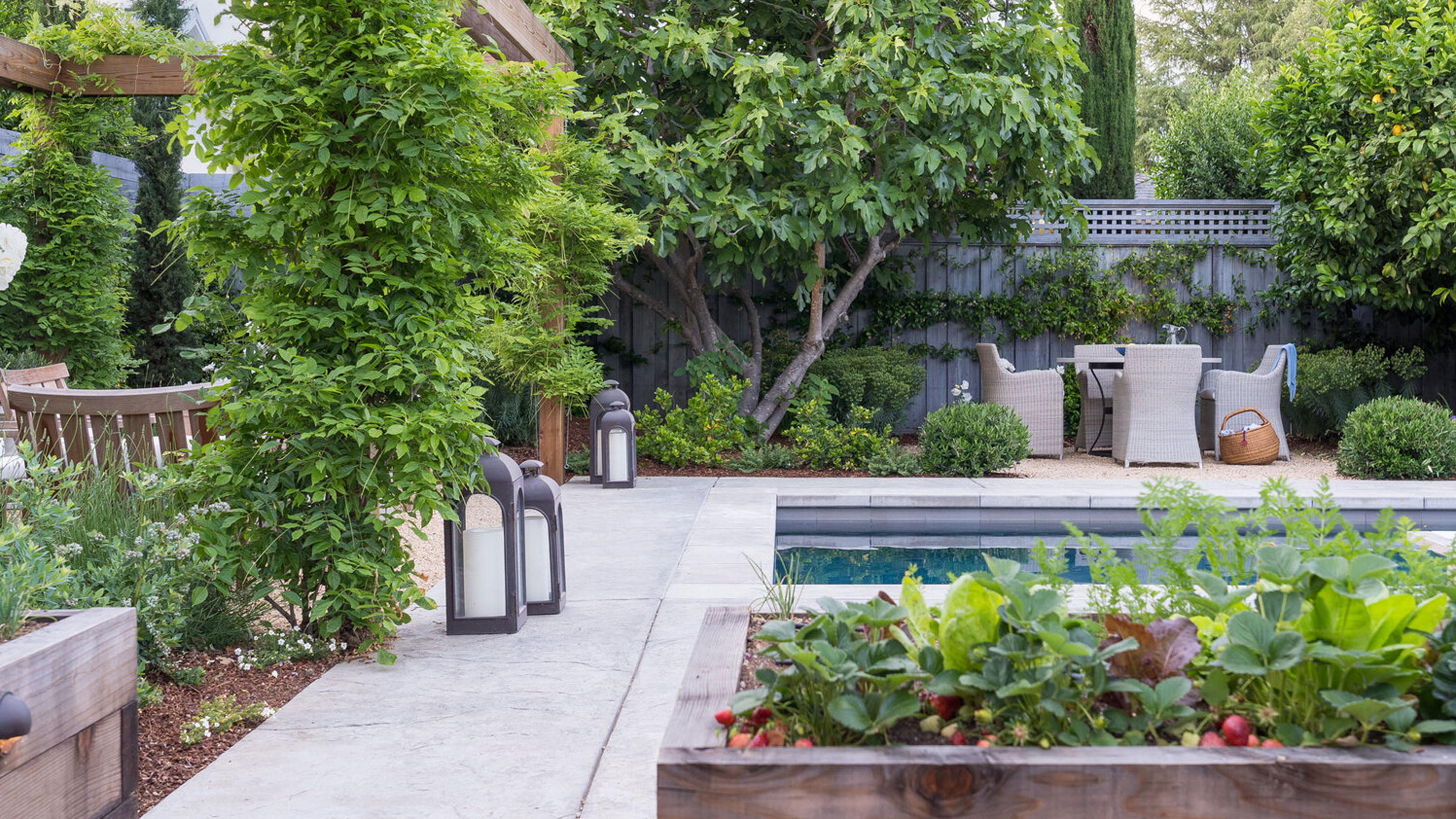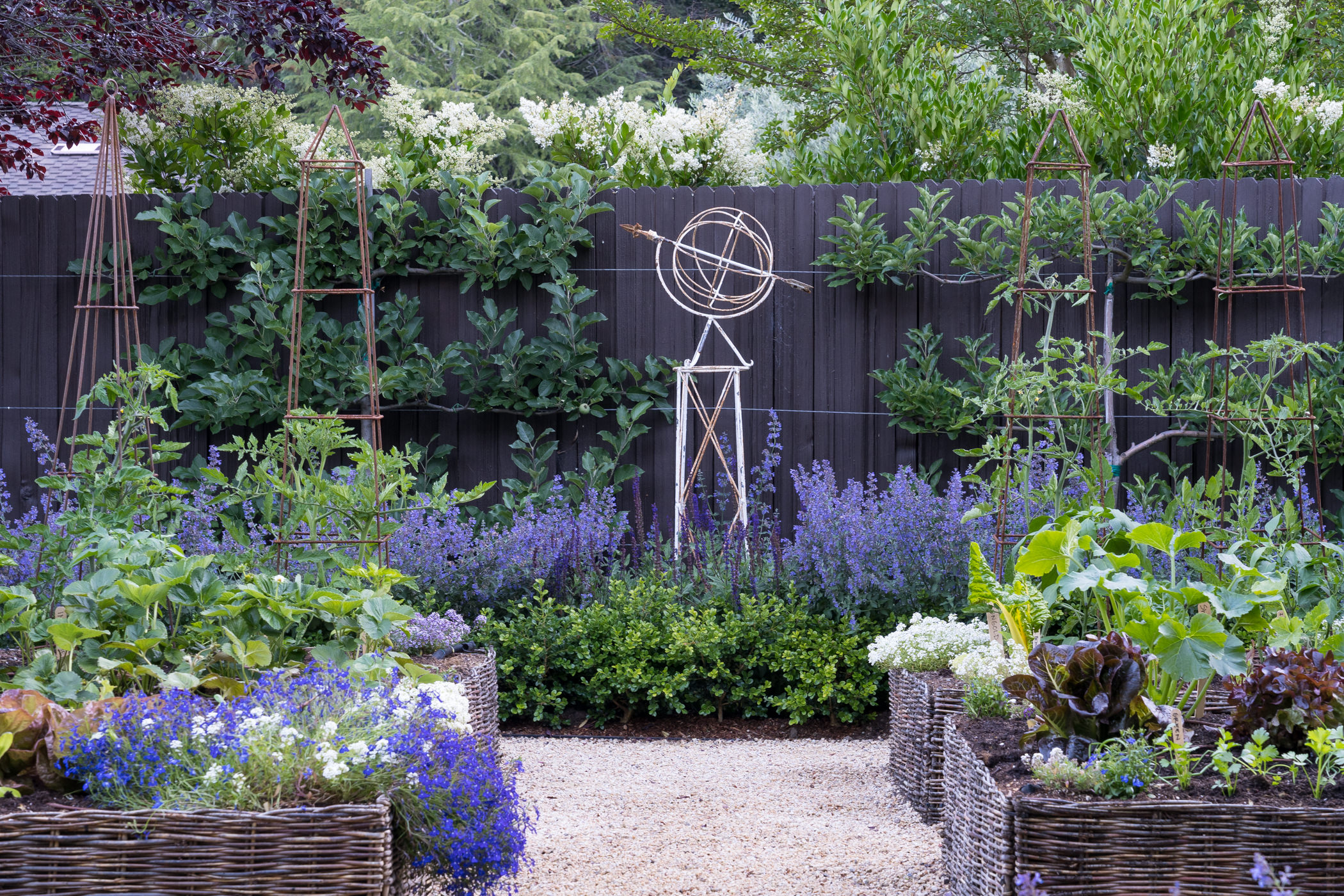
We have got to the time of year when our gardens tend to look a little lackluster. The grass has turned brown, the plants are suffering from a lack of rain and the soil is in need of some TLC. Let us introduce peat moss.
So you’ve heard of regular moss, and probably consider it a hindrance. Associated with growing in every possible crack and clogging up the gutter, it is fair to say it is not a gardener's best friend. But have you heard of its helpful cousin peat moss? Well if not, you are in luck as we instilled the help of gardening experts to dispel the bad reputation of moss and introduce you to organic material that will enliven your backyard.
Peat moss can be used in a variety of spaces, from minimalist modern gardens to complex container gardens. No matter the backyard ideas you are trying out this organic nutrient can help transform your space.
What is peat moss?
‘Peat moss, scientifically known as sphagnum peat moss, is a valuable natural organic material sourced from peat bogs, which are unique wetland ecosystems,’ says Robin Phelps, gardening and preserving expert at sow many plants. These bogs are characterized by waterlogged conditions and limited oxygen availability and are found throughout the northern hemisphere. ‘Over time, sphagnum moss, a type of moss commonly found in peat bogs, undergoes partial decomposition, resulting in the formation of peat moss,’ she says.
The harvesting of peat moss is a careful and skilled operation that requires expertise to ensure no damage is done to the delicate ecosystem. However, unless you have a peat moss bog in your backyard you can easily find the material harvested, processed, and ready to use.
What is peat moss used for in gardening?
Other than being a somewhat illusive substance, peat moss has numerous benefits for your backyard. The material has various applications that can help with everything from water retention to pH adjustment. Peat moss can do wonders for your potted plants and helps to avoid container garden mistakes. Its fine texture makes it incredibly versatile, unlike some natural fertilizers that cannot be utilized so readily.
‘One use in soil amendment,’ says expert gardener Zahid Adnan, ‘it can be added to garden beds, raised beds, or containers to improve soil structure, moisture retention, and drainage.’ This is particularly useful in hot weather where potted plants can get dehydrated quickly.
‘Its fine texture provides an ideal medium for germination, promoting healthy root development,’ says Robin, ‘peat moss is a popular ingredient in container gardening mixes. Its water-holding capacity helps prevent drying out, while its lightweight nature allows for better airflow and root development.’
Peat moss can also be used when you initially start off your container plants as a potting mix, seed starter, and when transplanting. It can be overwhelming to find the perfect potting mix for your container garden, but this technique provides a good option. ‘Peat moss is often used as a component of seed starting mixes due to its ability to retain moisture around delicate seedlings,’ explains Zahid. ‘It also serves as a vital ingredient in many commercial potting mixes, providing a lightweight medium with excellent water-holding capacity, and can be used to help establish transplants by creating a favorable environment for root development.’
Different plants require different levels of nutrients. Some thrive in acidic soil that reflects their natural environment. Peat moss can be used to emulate these conditions. ‘Peat moss is beneficial for creating suitable conditions for acid-loving plants. It can be used as part of the soil mix or as a top dressing around the base of plants,’ explains Robin.
Peat moss is the ideal gardening substance for dry yards and promoting the growth of healthy plants.

How do I use peat moss?
As you may have realised there are a multitude of different ways to use peat moss. Here are just a few suggestions from our experts on how you might wish to utilize the substance in your gardening practices, especially when trying to avoid summer gardening mistakes.
For soil amendment, ‘mix peat moss with existing soil at a ratio of 1:3 or 1:4 (peat moss to soil) for improved soil structure and moisture retention. Incorporate it thoroughly into the top 6-12 inches of soil,’ advises horticulturalist Robin.
When looking to encourage the growth of new seedlings a little more effort is required. ‘combine peat moss with other seed starting components like perlite and vermiculite to create a well-draining, moisture-retentive seed starting mix,’ she says, before adding your seedlings according to packet instructions on sowing depth and watering requirements.
For your container garden, the peat moss should be incorporated in a blend that promotes moisture retention as well as one that allows for sufficient drainage. The experts recommend a ratio of 1:3 for this use.
When shouldn't I use peat moss?
Peat moss is a bit of a universal savior, however, there are specific times when it is less than optimal to use it. As we all embark on more sustainable living practices it is essential that we acknowledge the environmental implications of using peat moss. ‘While peat moss has many advantages,’ says Robin, ‘there are situations where alternative amendments or practices may be more appropriate.’
‘Peat moss is a non-renewable resource that takes thousands of years to form, therefore we should consider sustainable alternatives,’ she says. Zahid echoes Robin’s concern about the sustainability of the practice. ‘It's always beneficial to consider sustainable alternatives such as compost, leaf mold, or coconut coir, which offer similar benefits to peat moss without the potential environmental concerns associated with peat extraction,’ he says.
Peat moss can also disrupt and damage natural habitats, therefore both experts advise avoiding using the material in environmentally sensitive environments. The acidic nature of the moss may not be helpful in all situations. Like all gardening practices, it is important to take note of specific plant requirements and gardening needs before you dive in.







